Meet Kingfishers
Few birds capture light quite like the kingfisher bird. These dazzling, quick-darting hunters are nature’s living jewels — a flash of color over calm water. With over 100 species spread across the globe, the kingfisher family is full of surprises. Some perch silently above streams, others dart through tropical forests, and all share that unmistakable combination of beauty and precision.




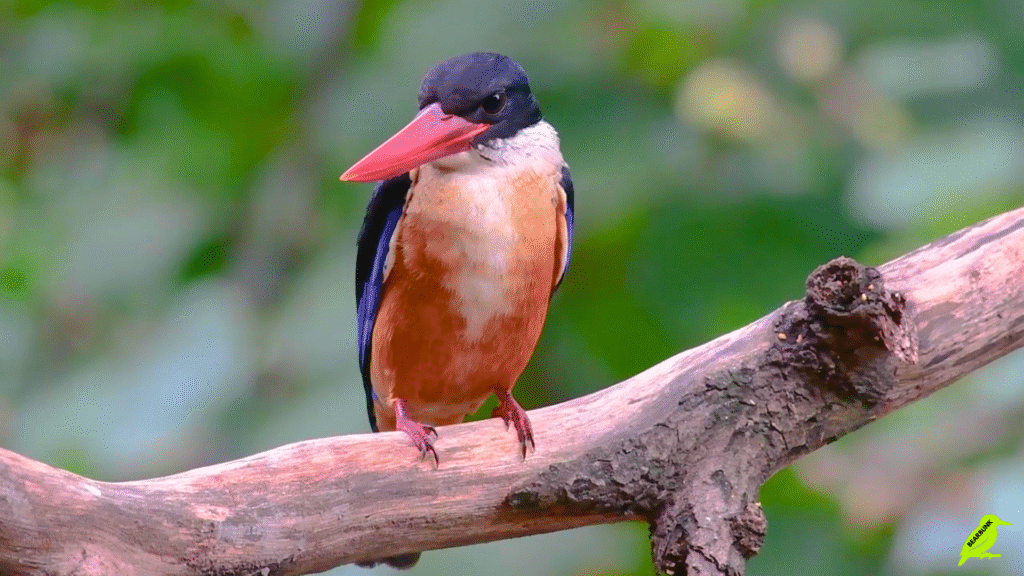
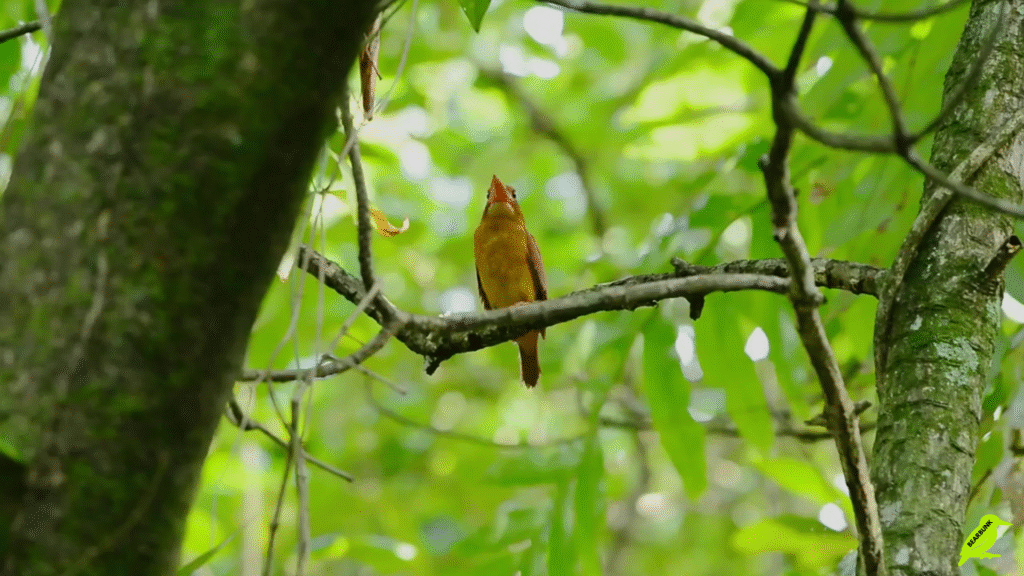
Species of Hippos
There are actually two living species of hippos today:
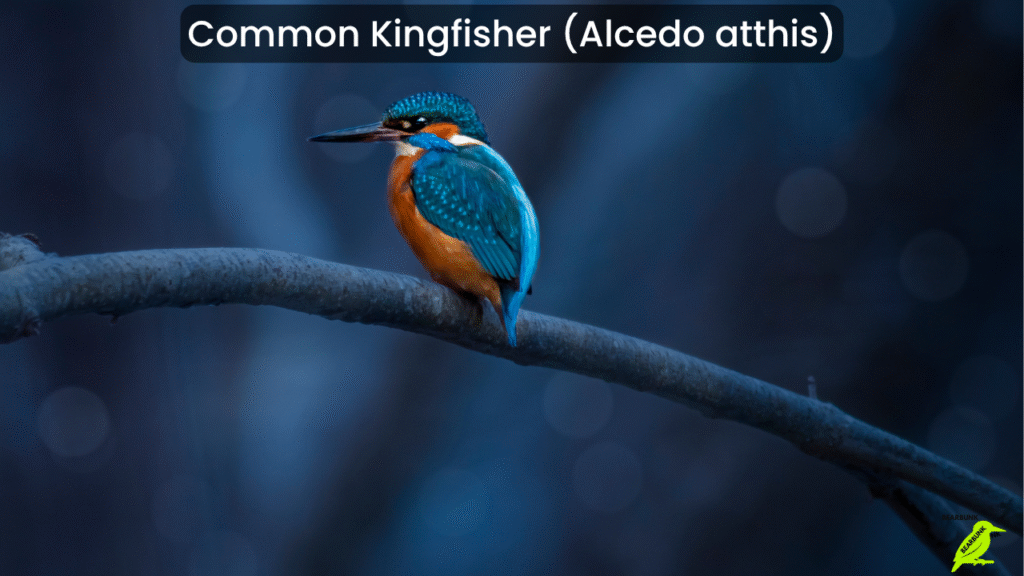
Common Kingfisher
(Alcedo atthis)
The classic “flying jewel” of Europe and Asia, with electric-blue plumage and a bright orange chest. Often seen hovering over rivers before diving for small fish.
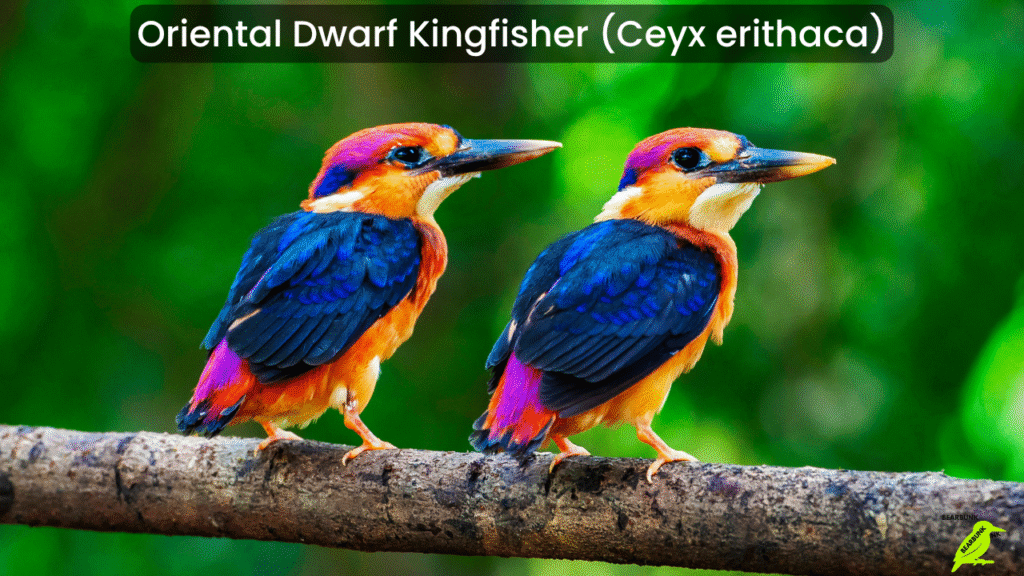
Oriental Dwarf Kingfisher
(Ceyx erithaca)
One of the smallest and most vividly colored kingfishers — glowing with orange, violet, and golden yellow. Found in India and Southeast Asia’s tropical forests.

Laughing Kookaburra
(Dacelo novaeguineae )
The largest kingfisher, famous for its laughing call. Native to Australia, it’s a tree kingfisher that hunts insects and small reptiles instead of fish.
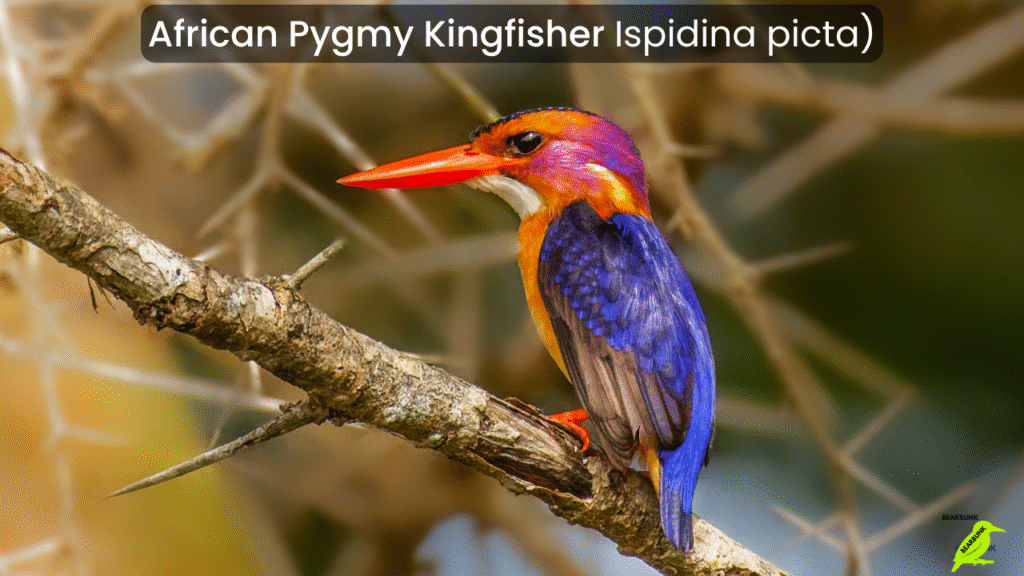
African Pygmy Kingfisher
(Ispidina picta)
A tiny, forest-dwelling species only about 4 inches long — feeds mainly on insects rather than fish.
Habitat
Kingfishers live almost everywhere except Antarctica, adapting to both watery and wooded worlds. They favor rivers, lakes, mangroves, estuaries, and forest streams — but some species, like the kookaburra, thrive far from water.
Their perching behavior is key to their hunting style: kingfishers prefer branches or reeds that overhang the water, giving them a perfect angle to spot ripples from unsuspecting prey.
Fun fact: A kingfisher’s home range can stretch several miles along a riverbank, and they often return to the same perch day after day — like a fisherman with a favorite spot.
Diet
Most people think “fish,” but the kingfisher’s menu is much broader.
Depending on species and habitat, they’ll hunt:
- Fish and tadpoles
- Insects and crustaceans
- Small amphibians and reptiles
- Even tiny mammals in the case of larger kingfishers
They strike with remarkable accuracy, using their long bills to snatch prey underwater. When the prey struggles, they beat it against a branch to stun it before swallowing headfirst.
Their eyes are specially adapted for hunting: they have binocular vision for precise depth perception and a nictitating membrane (a transparent eyelid) that acts like built-in goggles underwater.
Share On Social:
Mating & Raising Young
Kingfisher courtship is charming to watch. Males often present freshly caught fish to females — a colorful “proposal” that shows off both skill and generosity.
Once paired, they dig tunnels into riverbanks or earthen mounds — sometimes up to 6 feet long — leading to a small nesting chamber. Both parents incubate the eggs and feed the chicks once they hatch.
Because their diet includes fish, cleanliness is critical: adults remove old food remains to keep the burrow from smelling, helping prevent predators from finding their nest.
Chicks grow rapidly and are ready to fledge within 3–4 weeks. Their first dives are clumsy, but instinct kicks in quickly — within days, they’re hunting like pros.
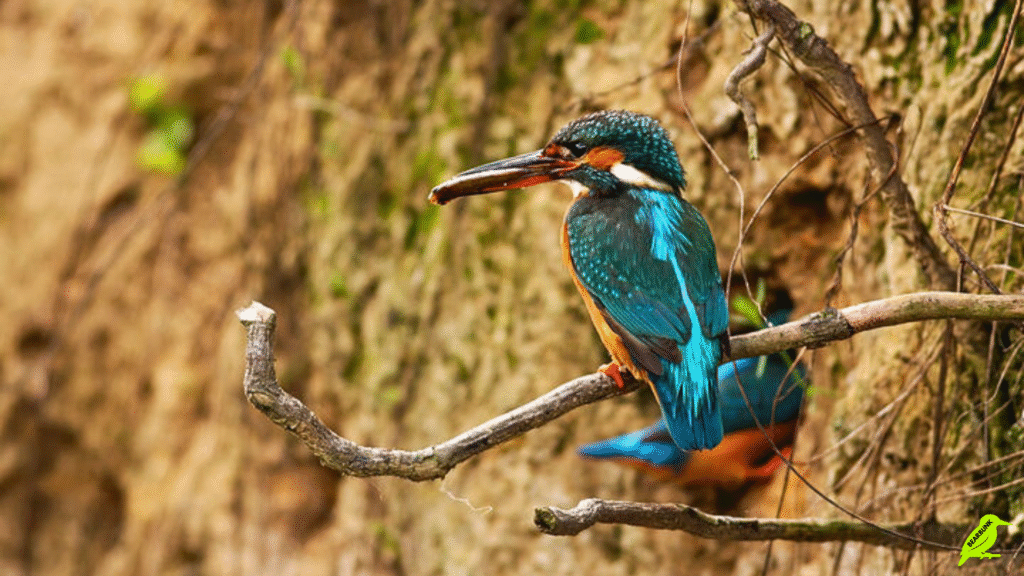
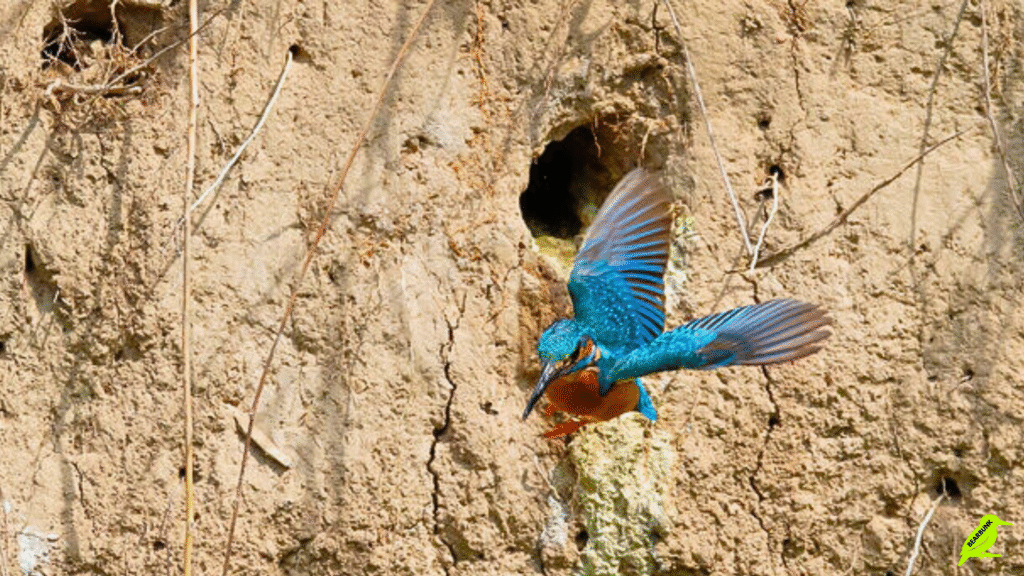
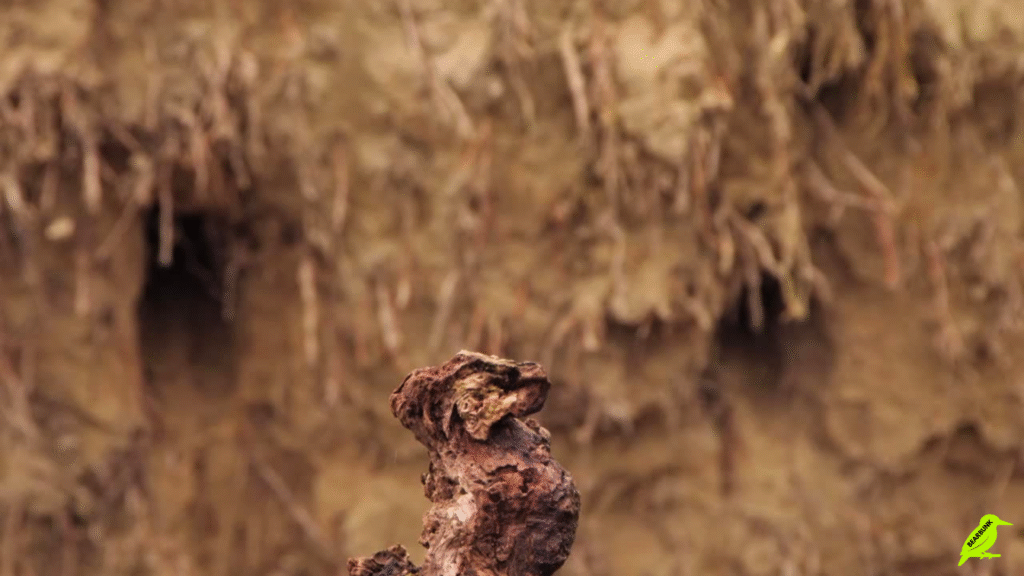
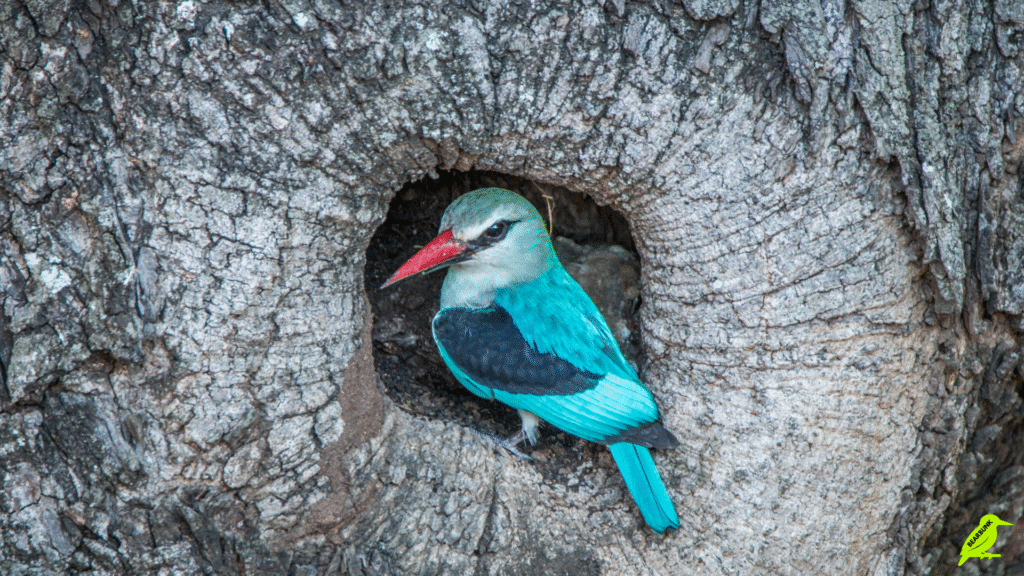
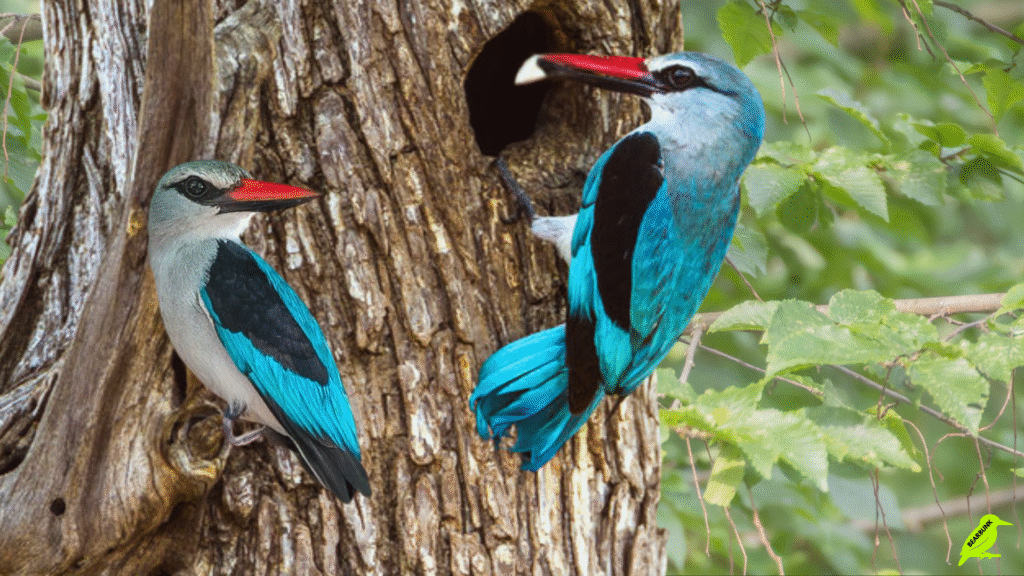
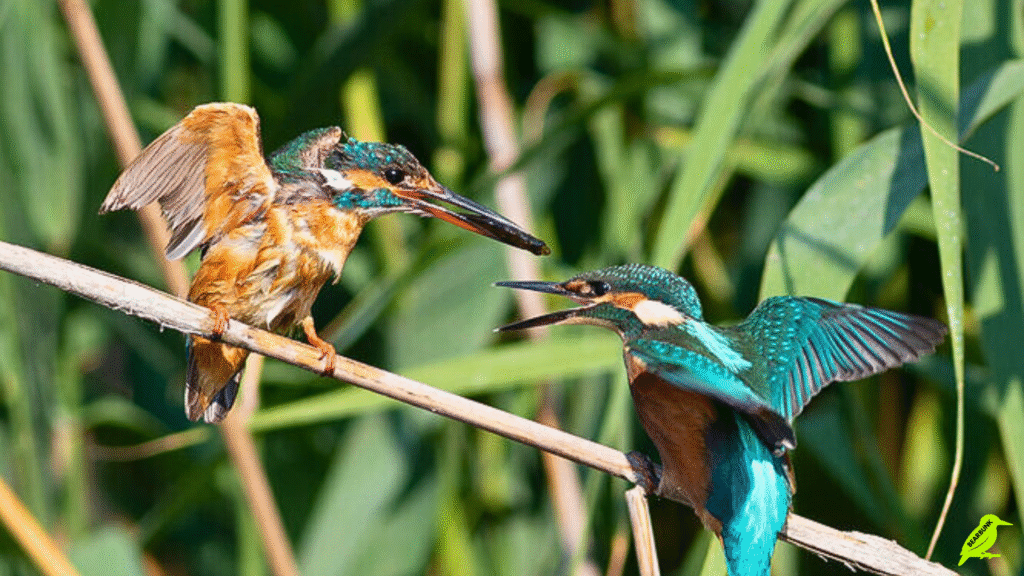
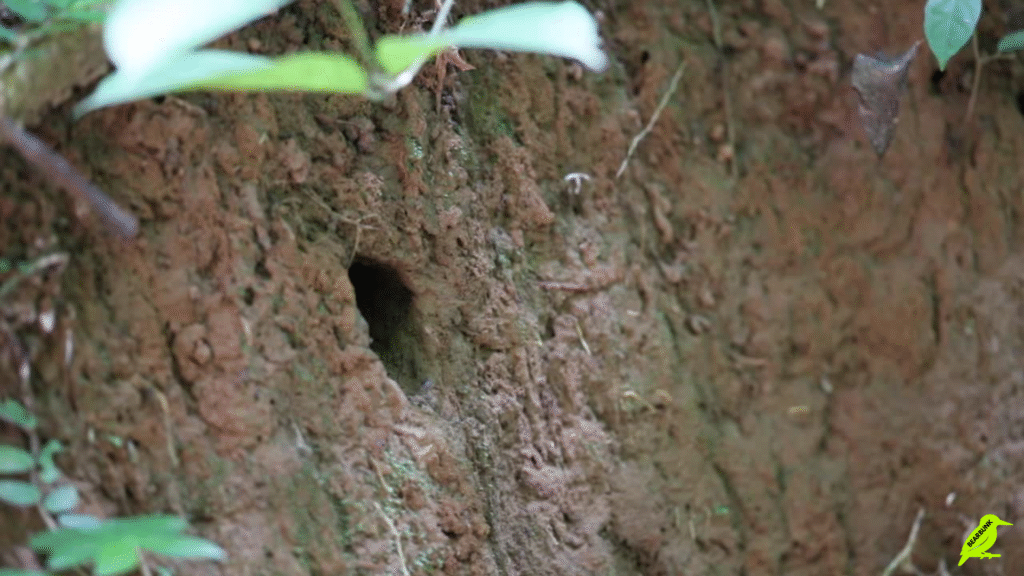
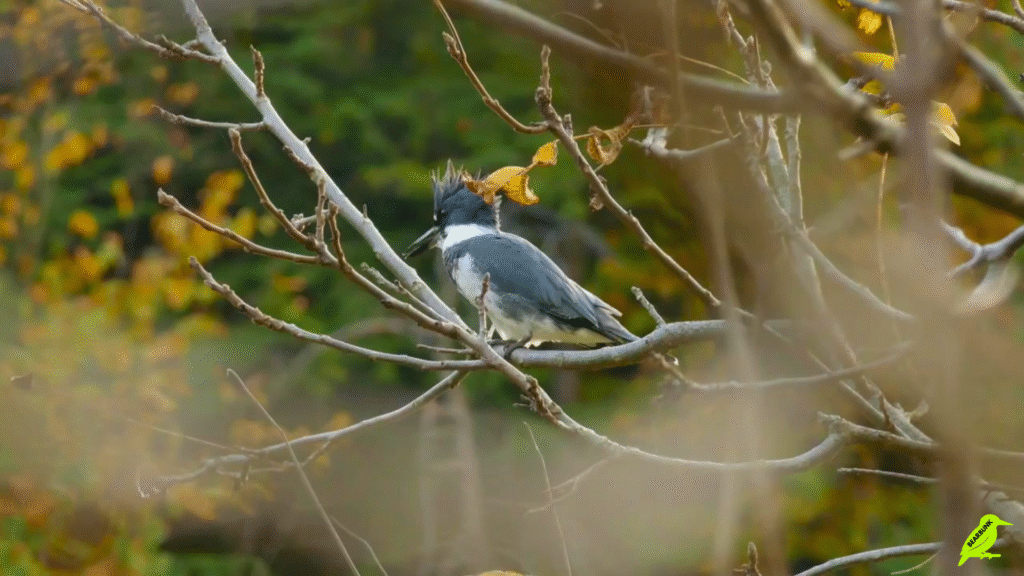
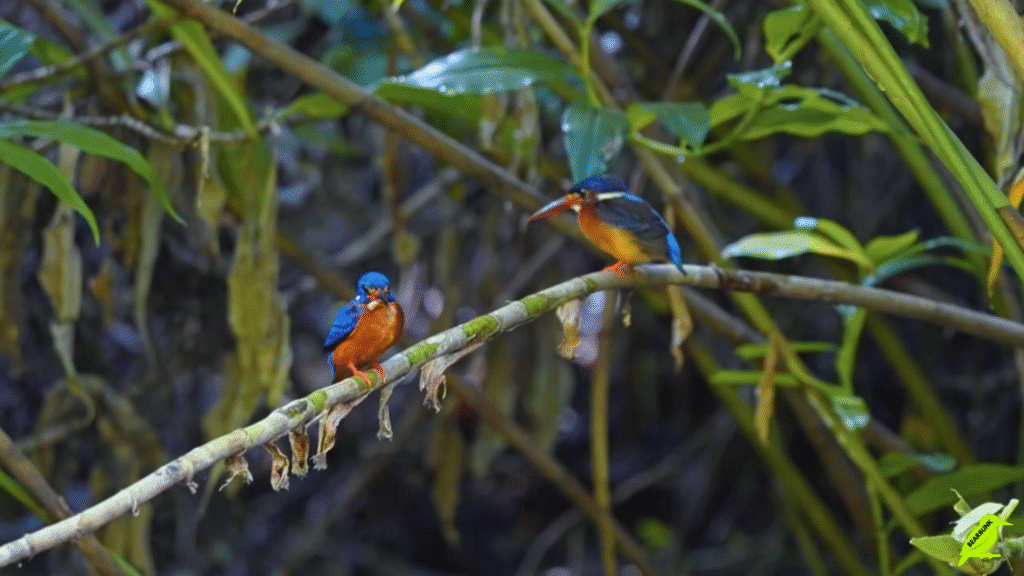
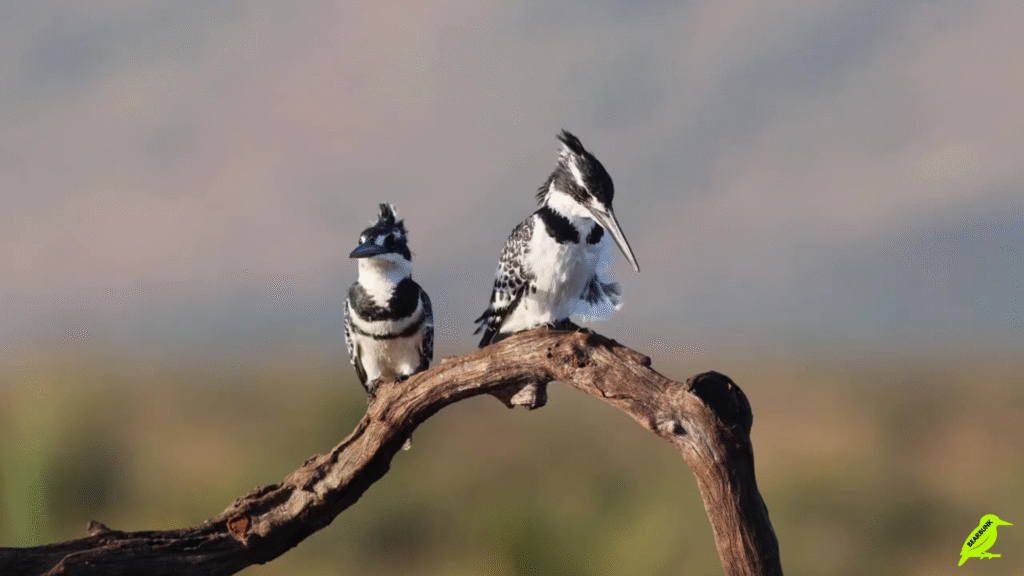
Fun Facts
- There are over 115 species of kingfishers in three main groups: river, tree, and water kingfishers.
- Their vibrant blue and turquoise feathers aren’t from pigment — they’re caused by structural coloration, where microscopic feather layers scatter light to create that metallic shimmer.
- Some species, like the Common Kingfisher, can hover mid-air before diving — a rare skill among small birds.
- Kingfishers have been around for millions of years; fossils date back to the Eocene Epoch (around 30–40 million years ago).
- The Oriental Dwarf Kingfisher sometimes nests far from open water, preferring shaded forest streams and even temporary rain pools.
About Kingfishers
Common Name: Kingfisher (includes Common Kingfisher, Oriental Dwarf Kingfisher, Laughing Kookaburra, Belted Kingfisher)
Scientific Name: Family Alcedinidae
Family: Alcedinidae
Subfamily: Alcedininae (River Kingfishers), Halcyoninae (Tree Kingfishers), Cerylinae (Water Kingfishers)
Size: 4–18 in (10–45 cm) depending on species
Weight: 0.3–16 oz (10–450 g)
Lifespan: 6–10 years in the wild
Location: Found worldwide except Antarctica; most common in tropical Asia, Africa, Europe, and Australasia
Habitat: Rivers, lakes, mangroves, forests, and wetlands
Diet: Fish, insects, amphibians, crustaceans, and small reptiles
Conservation Status: Most species stable; some threatened by habitat loss and water pollution
Kingfishers are remarkable examples of adaptation. Some have heavy bills for spearing fish; others, shorter ones for catching insects. Their compact bodies, short tails, and strong wings make them aerodynamic and agile — perfectly tuned for life on the edge of land and water.
Why We Love Them
Kingfishers are a perfect blend of beauty, precision, and purpose. Their colors reflect the sunlight like gemstones, their dives are engineering marvels, and their presence signals a healthy ecosystem.
They’re also symbolic in many cultures — a sign of peace, prosperity, and calm waters ahead. Watching one flash by is like catching a glimpse of nature’s artistry in motion.
Conclusion
From the bright forests of Asia to the quiet rivers of Europe, kingfishers continue to enchant everyone who spots them. Whether it’s the laughing kookaburra’s echoing call or the Oriental Dwarf Kingfisher’s rainbow plumage, each species brings its own wonder.
So next time you’re near a stream or lake, pause — you might just see a streak of blue and orange dart across the water, reminding you that nature still has a few treasures left to find.
Watch the Video on YouTube:
Meet the Kingfisher – Nature’s Flying Jewel – YouTube
Learn more about:
Birds, Rivers and Streams, Smart Animals, and Colorful Creatures
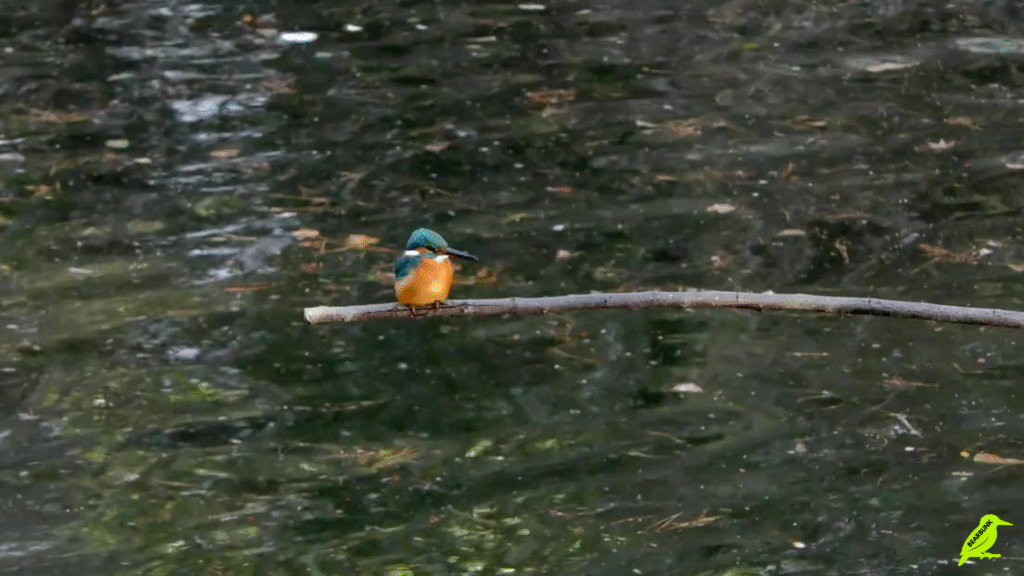
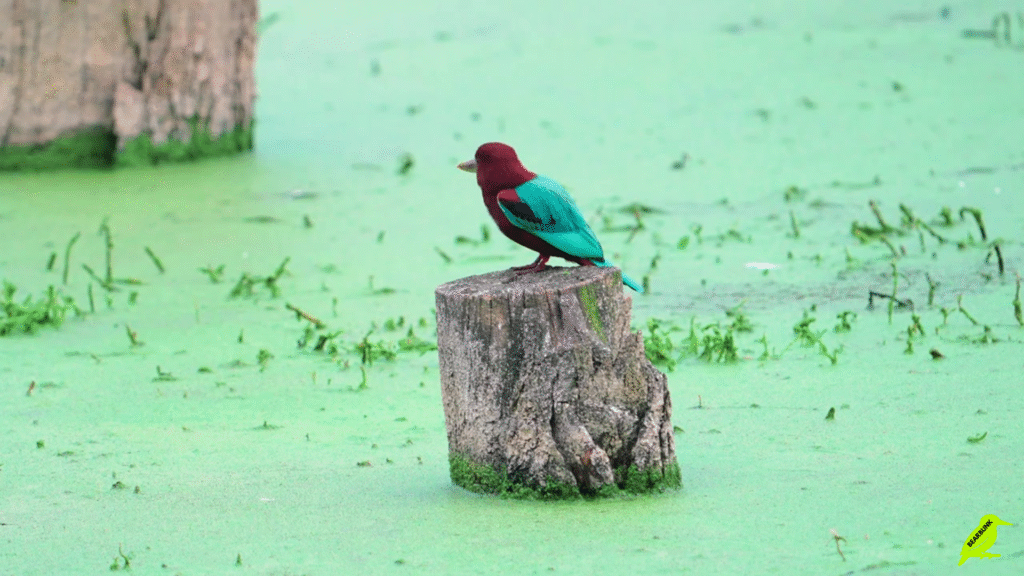
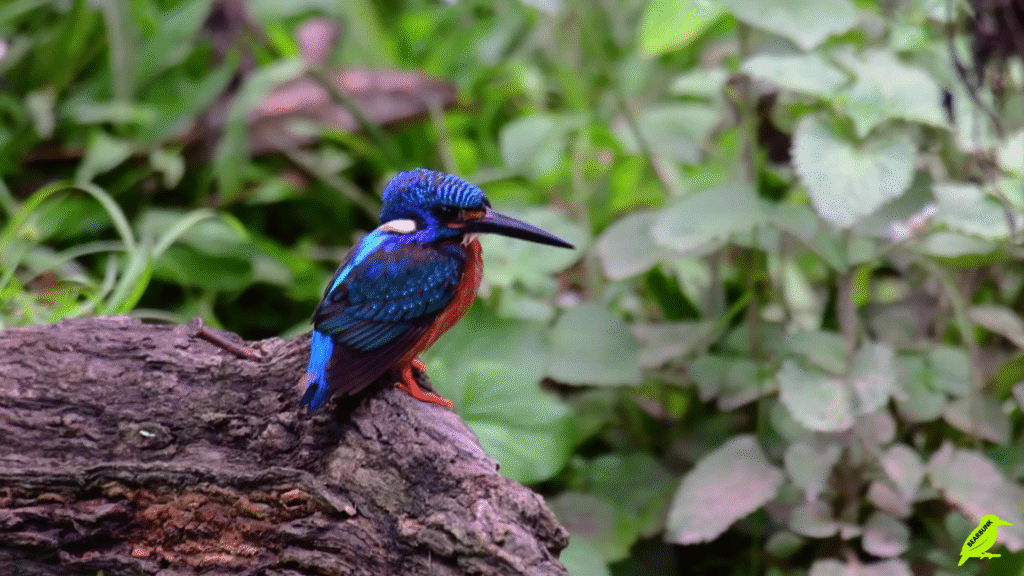
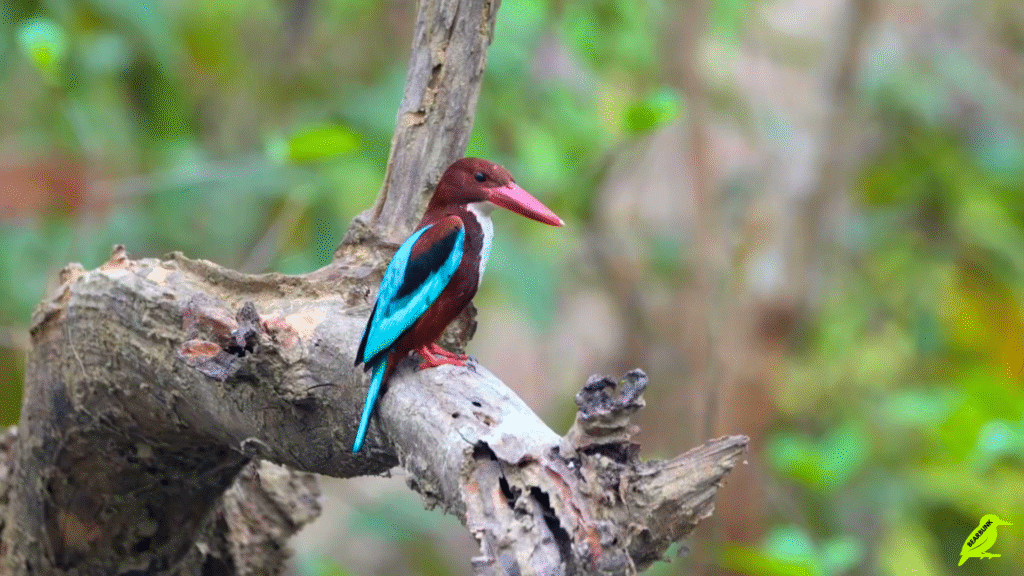
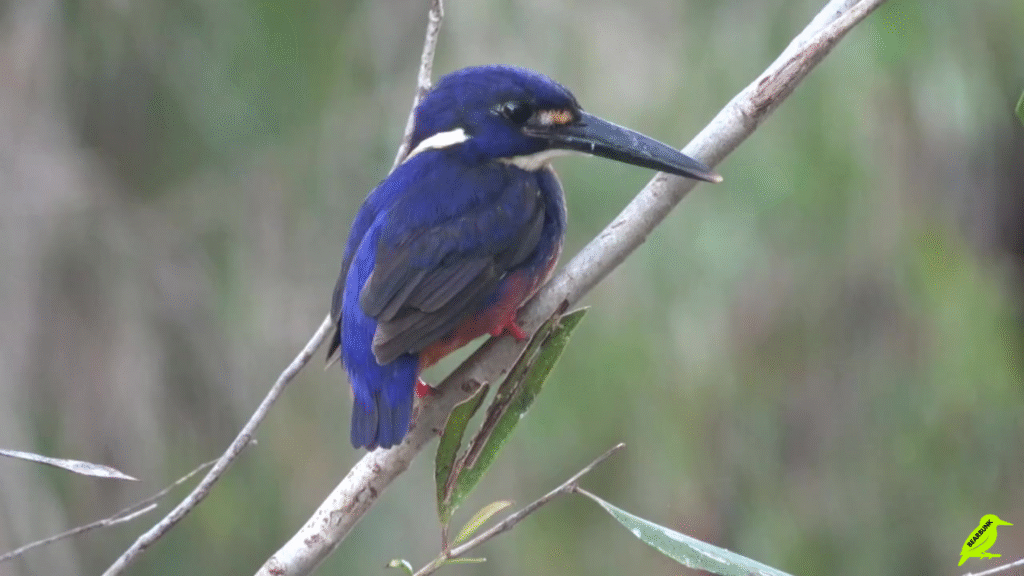
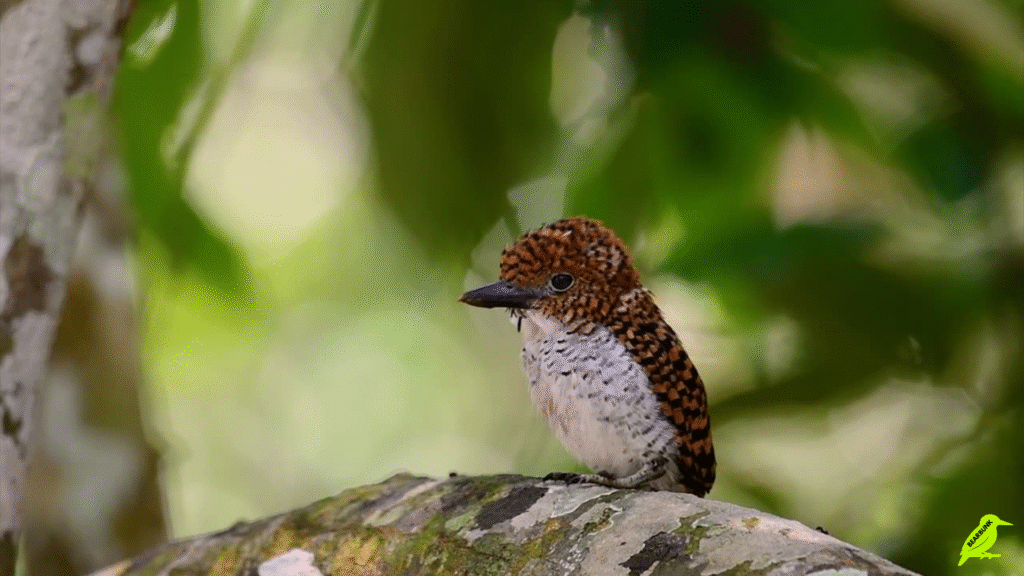
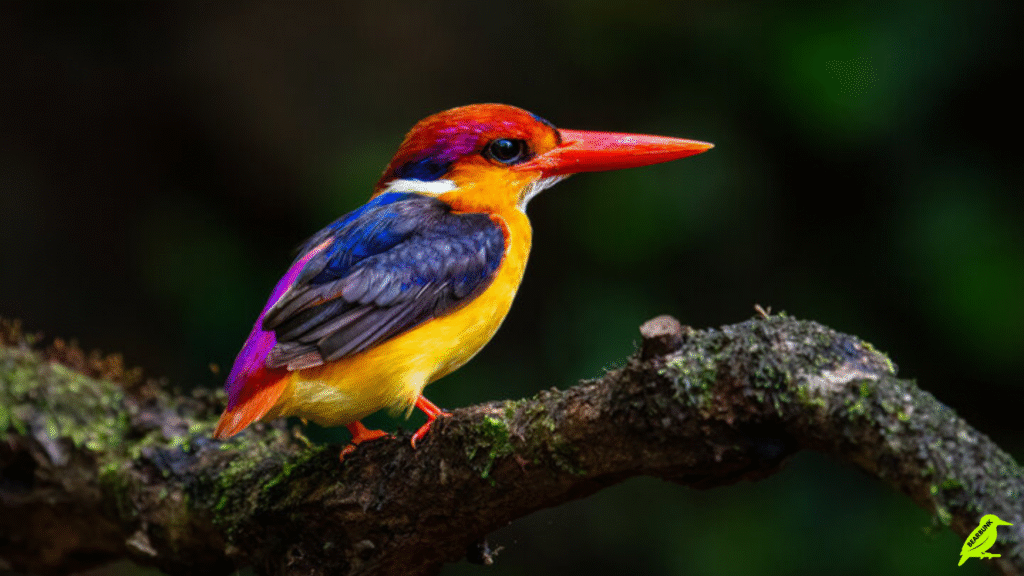
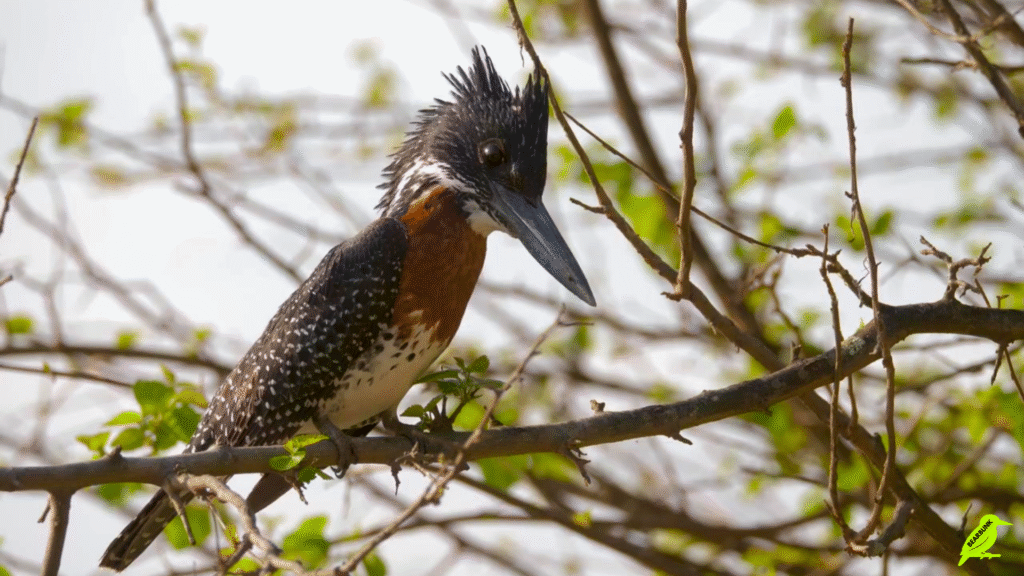
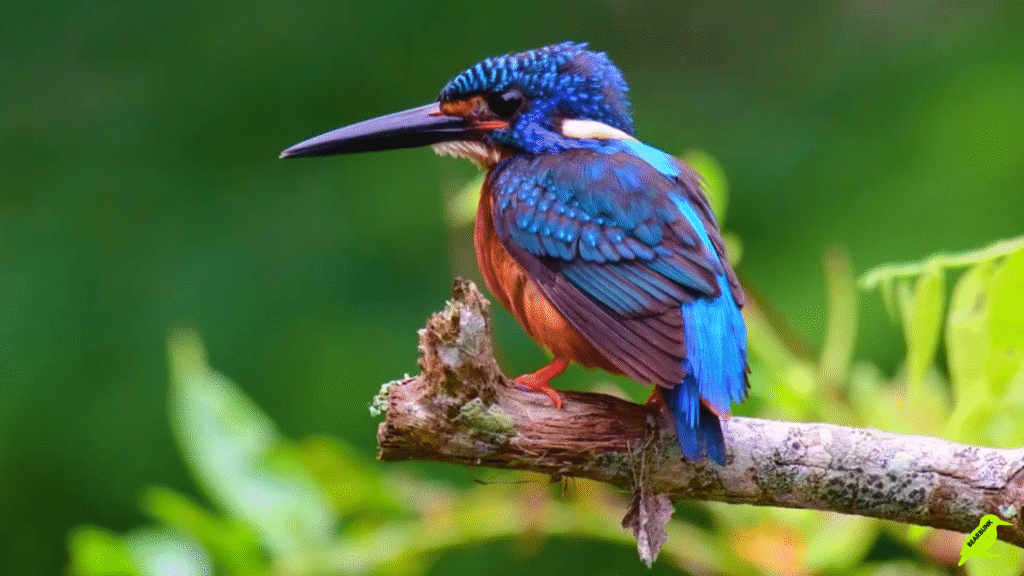
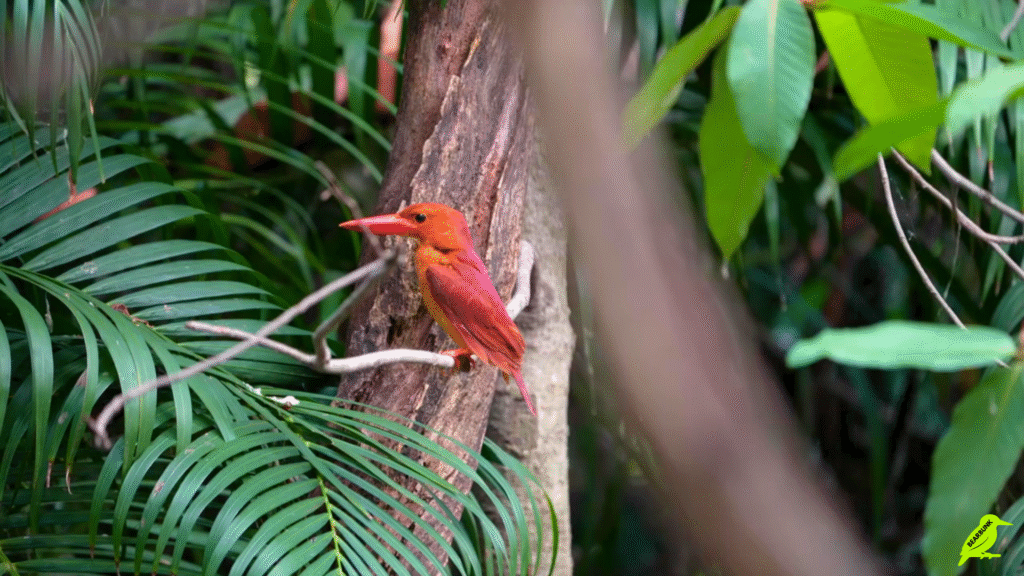
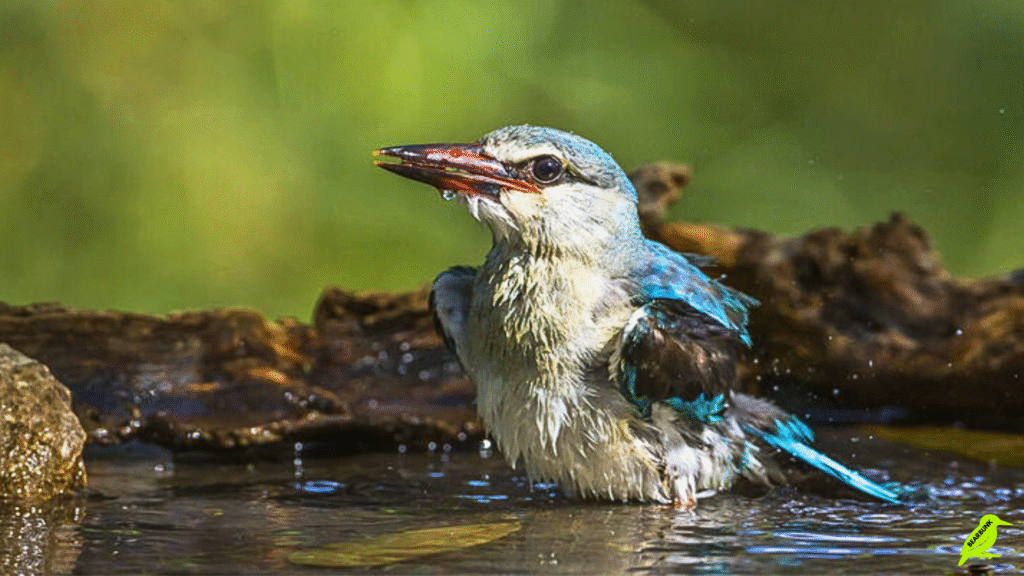
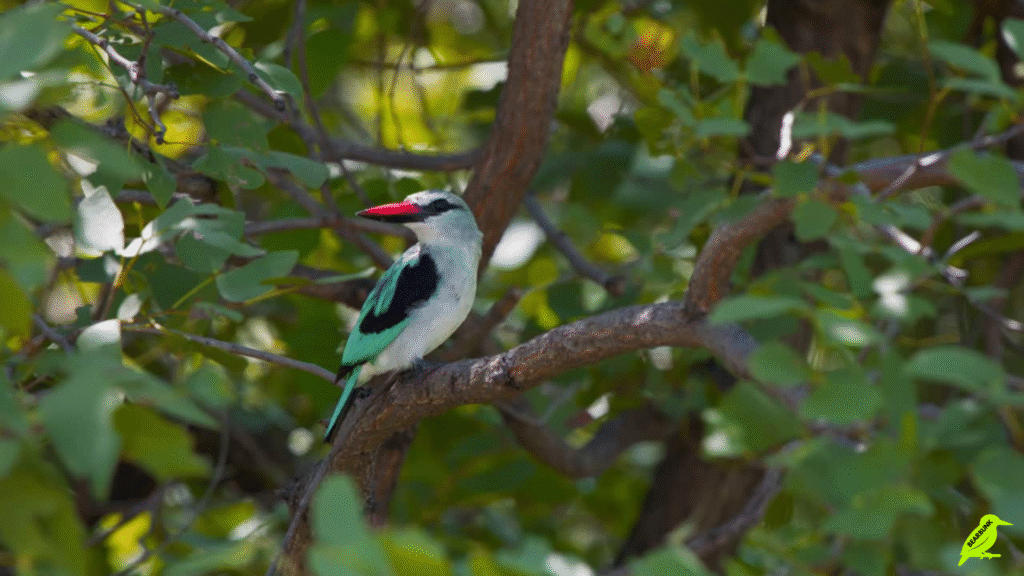
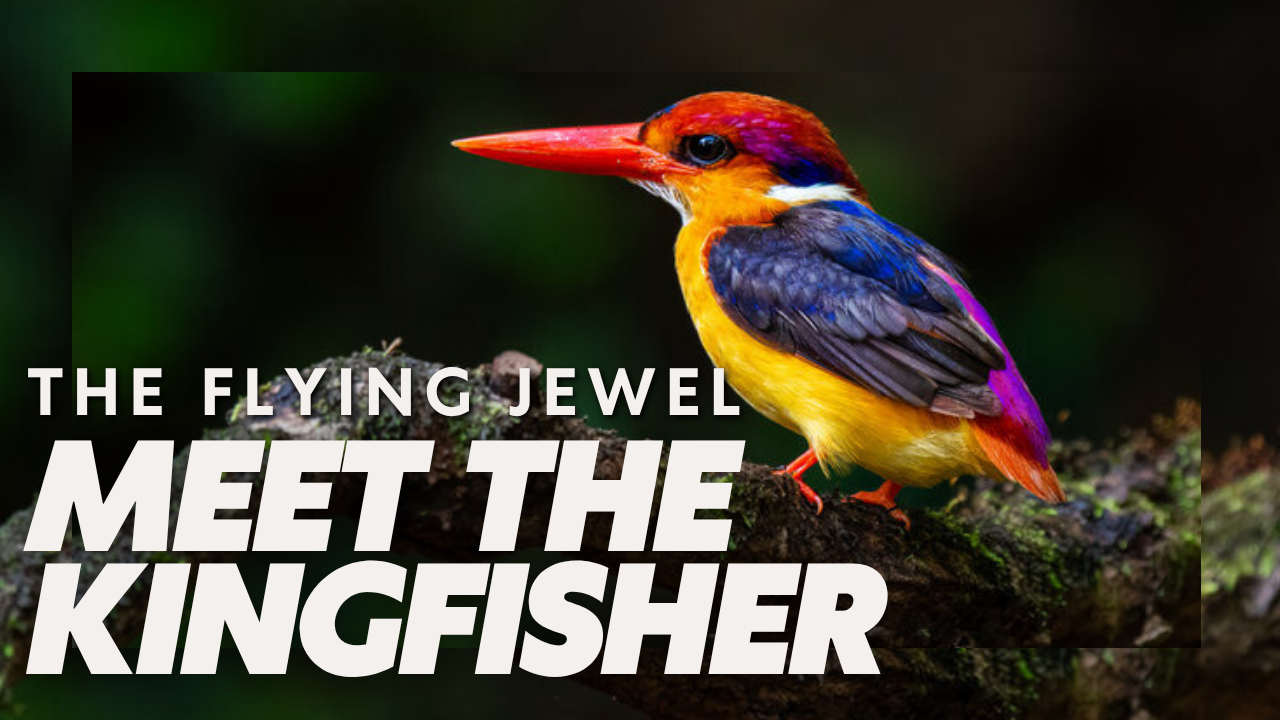





Leave a Reply